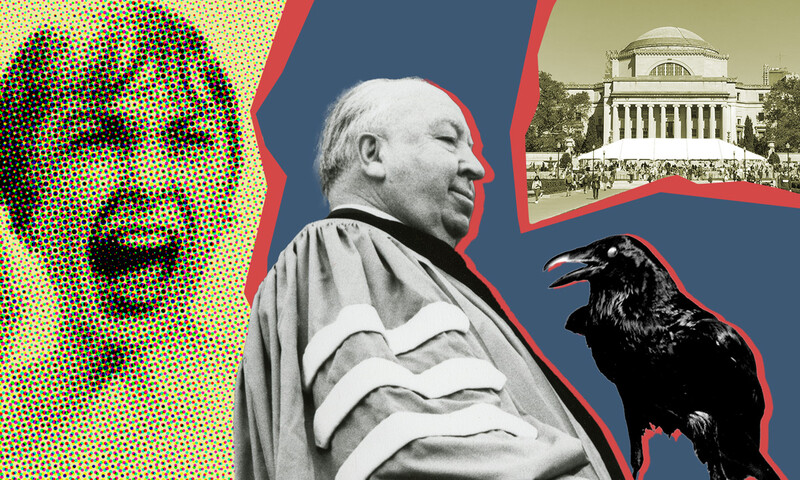Two robed figures walk along a path to a three-story, red-brick, Federal-style building. The structure has rows of windows and is topped by a weathervane and a cupola that touches a blue sky. Plump autumn trees frame the tableau.
“It must be a courthouse,” one New Yorker says after taking out his earphones. A tourist bound for Battery Park supposes it is a school or a church at South Ferry. “Where the ships are,” he adds happily. An older woman deliberates on the image and declares it a mansion.
Here on the platform of the Chambers Street IRT station at West Broadway in TriBeCa, straphangers have been asked to ponder the hundred-year-old artwork embedded in the water-stained walls of the tunnel. Each wall bears thirty copies of the image across the length of the two-block-long platform, making sixty in total on both walls.
The tiles are the decorative highlight of the station, but many of them are so grimy as to be completely obscured.
This decline probably wasn’t what William Barclay Parsons 1879CC, 1882SEAS, the first chief engineer of the New York City subway, had envisioned. Parsons was responsible not only for designing the original plan for the Interborough Rapid Transit subway, but for bringing art and design below ground. Under his direction, the architectural team of Heins & LaFarge designed the mosaic and terra-cotta artwork that provides many stations with their identity.
In 1906, Heins & LaFarge were succeeded by a young architect named Squire J. Vickers. It was Vickers who designed the second generation of subway art, including the tiles at Chambers Street. Between 1918 and 1919, Vickers’s station mosaics were installed to provide riders a portal through which their imaginations could be transported from sometimes dreary underground locales.
A century later, on a summer day, not a single rider at Chambers Street can correctly identify the building in the picture. But if Vickers and Parsons were here, they’d tell you that those terra-cotta tiles depict College Hall, home of King’s College, located on Murray and Church Streets near Park Row. College Hall was designed by Robert Crommelin, a member of the Trinity Church vestry, and constructed in 1760. During the Revolutionary War, King’s College closed, and the hall was transformed into a hospital — first American, then British.
After the war, King’s College became Columbia College, which continued using College Hall until the school moved in 1857 to a campus in Midtown. That same year, the building was demolished.
Before the older woman boards her train, she says, “If you asked me where Columbia is now, I could tell you.” And were she to ride up to West 116th Street and get off the train, she might see, on the station wall, mosaics that say “Columbia University” — which makes Columbia the only institution to appear on the walls of two New York City subway stations.
So why did Vickers choose College Hall for Chambers Street? Obviously, there’s the location, though it’s unlikely this would have been the sole reason, especially since so few subway stops contain images of old New York. Might Parsons, the IRT mastermind, have had some influence? After all, Parsons had been his class president at Columbia, cofounder of the Daily Spectator, and, starting in 1917 — a year before Vickers brought College Hall to Chambers Street — was chairman of the Columbia Board of Trustees, a position he held until 1932.
Even if Parsons didn’t push for the College Hall design, the building would never have been far from his mind: in the Trustees’ Room in Low Library rests College Hall’s cornerstone, and also the copper crown that resided under College Hall’s weathervane before the Revolutionary War.


